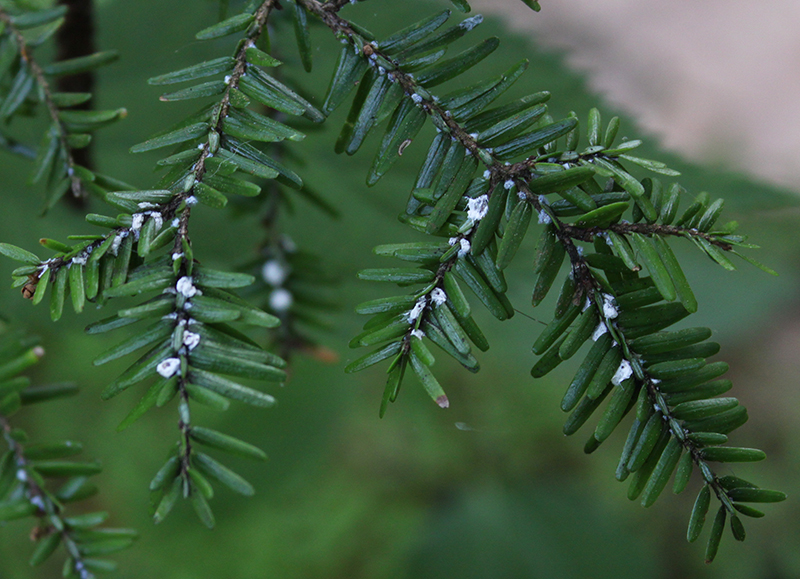Have you ever wondered about the biodiversity of Kentucky and more specifically the Red River Gorge? Kentucky boasts a wealth of native biodiversity. The rolling hills, plains, and mountains in our state contain over fifteen thousand insect species, two thousand plant species, about three hundred seventy bird species, as well as over five hundred arachnid species…which some of you may not be too happy to know about. One of our state’s ecological hotspots is the Red River Gorge located in Slade, KY. This site is known to host over one thousand five hundred different plant species. Our upcoming speakers are specialists on this topic and will be highlighting the native plant diversity of the Red River Gorge on Thursday, December the third at 7:00 PM via Zoom. So, what are some threats to our biodiversity?

Invasive plant and insect species pose some of the greatest threats to our biodiversity. We all know of the common urban menaces such as bush honeysuckle, winter creeper, and the brown marmorated stinkbug. Hemlock wooly adelgid, an import from Asia that looks like an aphid, is currently wreaking havoc on our native hemlocks in areas like the Red River Gorge. The insect feeds on sap and coats the leaves with a waxy substance. This feeding process eventually cuts off nutrient flow and kills the tree. Hemlocks offer shade in many river valleys and near streams. The loss of these trees can disrupt the temperatures of our waterways which reduces biodiversity. Some of the easiest ways to prevent the spread of pests like these are to make sure you clean and change shoes when hiking. If you know you are working in an area with lots of invasive species it is wise to sanitize clothing before going into another natural area. Public education about biodiversity is our best ally, and donating to local environmental organizations that protect native species is one of the best ways to preserve our natural heritage.
Cody Jones
